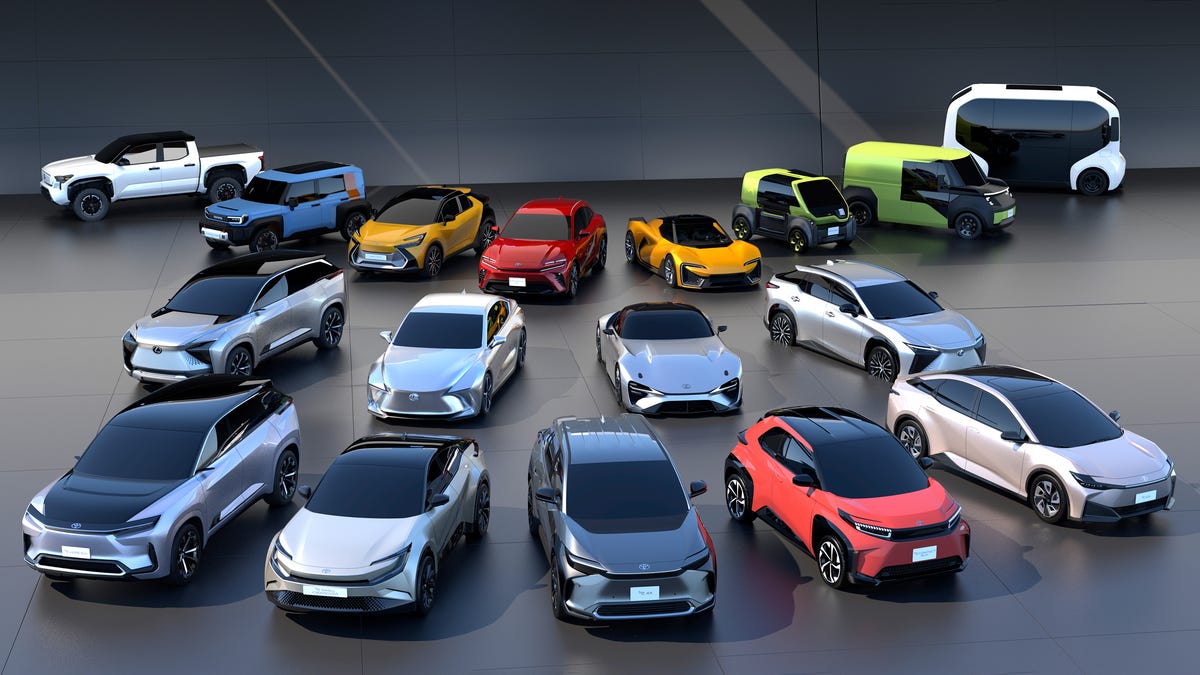India is on the brink of an electric revolution, as the automotive industry pivots towards sustainable mobility solutions. With rising environmental concerns, fluctuating fuel prices, and government mandates to reduce carbon emissions, the transition to electric vehicles (EVs) is becoming more pronounced. This article explores how India is preparing to embrace an electric future and the key factors that are driving this transformative change.
Policy and Government Support: Laying the Groundwork
One of the most significant catalysts for the EV revolution in India is the government’s proactive stance. Policies like the Faster Adoption and Manufacture of Hybrid and Electric Vehicles (FAME) scheme have played a crucial role in promoting EV adoption. FAME I and FAME II have provided substantial incentives to manufacturers and consumers, making electric vehicles more accessible.
Additionally, the National Electric Mobility Mission Plan (NEMMP) 2020 and the Production-Linked Incentive (PLI) scheme aim to enhance the manufacturing ecosystem for EVs in India. These policies focus on increasing local manufacturing capabilities, encouraging research and development, and providing tax incentives to boost the industry’s growth. Several states have also rolled out their own EV policies, offering tax rebates and infrastructure support, further accelerating adoption.
Building the Charging Ecosystem: Bridging the Gap
One of the biggest challenges in India’s EV journey is the development of a reliable charging infrastructure. To make EVs a viable option for the masses, the availability of charging points needs to be as widespread as traditional fuel stations. Recognizing this need, both public and private sectors are investing heavily in establishing a robust charging network.
Government initiatives, in collaboration with companies like Tata Power, EESL, and Indian Oil, have led to the installation of fast-charging stations in urban centers and along highways. Moreover, residential charging solutions are being encouraged, allowing EV owners to charge their vehicles at home. Innovations such as battery swapping stations and portable charging units are also gaining traction, particularly in densely populated areas.
Technological Advancements: Paving the Way for Efficient Mobility
The technological evolution in the EV sector is rapid and game-changing. Battery technology, in particular, has seen significant improvements, with Indian companies investing in lithium-ion and advanced chemistry cells to increase energy density and reduce charging time. Solid-state batteries, though still in development, promise to revolutionize the range and longevity of EVs.
Furthermore, smart mobility solutions are being integrated into electric vehicles. Features like regenerative braking, AI-based battery management, and vehicle-to-grid (V2G) technology are enhancing both the efficiency and sustainability of EVs. Automakers are also focusing on developing electric models that cater to diverse needs, from compact urban cars to heavy-duty commercial vehicles.
Consumer Adoption: Changing Perceptions and Building Trust
Initially perceived as costly and impractical, electric vehicles are gradually overcoming negative stereotypes. As manufacturers release affordable models and charging networks expand, Indian consumers are becoming more inclined to make the switch. The lower running and maintenance costs of EVs, coupled with rising fuel prices, make them a financially attractive option in the long run.
To increase public acceptance, awareness campaigns highlighting the environmental and economic benefits of EVs are being conducted. Social media, print media, and digital platforms are utilized to educate consumers about the advantages of electric mobility. Moreover, initiatives by ride-hailing companies like Ola and Uber to include electric cars in their fleets are familiarizing the public with the concept.
Building a Sustainable Automotive Ecosystem
As EV adoption grows, it is crucial to develop a sustainable lifecycle approach. Battery recycling and repurposing have emerged as key focus areas, given the environmental concerns associated with battery disposal. Companies are investing in closed-loop systems to recycle battery components, thereby reducing waste and conserving resources.
Moreover, India is emphasizing the use of renewable energy to power charging stations, minimizing the carbon footprint associated with EV charging. Solar-powered charging units are becoming increasingly popular, especially in rural areas where grid connectivity is inconsistent. This approach not only supports sustainability but also enhances energy security.
Challenges and the Road Ahead
Despite the promising progress, challenges remain. Battery costs are still high, charging infrastructure is unevenly distributed, and consumer awareness is limited in rural regions. Additionally, the transition from conventional to electric manufacturing requires significant investment in training and upskilling the workforce.
To ensure the EV revolution’s success, India must continue to focus on policy support, technological innovation, and consumer engagement. Collaborative efforts between the government, industry stakeholders, and consumers will be crucial in building a sustainable and efficient electric mobility ecosystem.
Conclusion
The EV revolution in India is not just about switching from fuel to electricity; it is about reimagining mobility in a sustainable and efficient manner. As the country gears up for an electric future, the automotive industry is set to transform, bringing forth economic opportunities and environmental benefits. While the road ahead is challenging, the collective commitment to cleaner transportation indicates that the electric future is not just a possibility but an impending reality.

